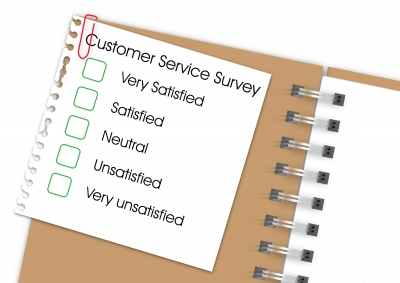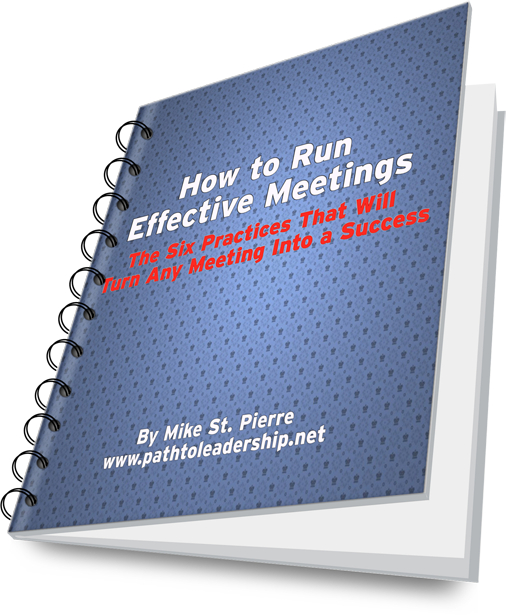How to Give Someone Feedback in Five Minutes or Less
 Wednesday, May 22, 2013 at 08:23AM
Wednesday, May 22, 2013 at 08:23AM Too many organizations are lousy at giving feedback. They wait until the end of the year to sit you down and give you a form which allocates a score to how the entire year went.

Imagine if we applied this same concept to marriage or parenting or friendship? I can just picture my wife saying one night over dinner, "Honey, here's your review for the month of May. I've scored you a 7 out of 10 because you were late for dinner three times. You can do better!"
Not exactly a motivational speech. Chris Farley would not approve.
The ultimate point of feedback is to improve future behavior. You can't change the past so give that up immediately. Feedback is future oriented.
The guys at Manager Tools are the best when it comes to training folks to give feedback. The best part is that you can give people feedback in less than five minutes. Here are some key points before we add on the practical tips for delivering feedback:
- People crave feedback.
- Feedback is a normal part of work and life.
- Feedback is traditionally seen as negative. It can just as easily be positive.
- Both positive and negative feedback are important.
- Feedback is great for the employee but even better for the supervisor.
- Feedback is meant to be given over time rather than in one fell swoop.
- Continual feedback can transform an organization.
- Feedback is best given close to when the behavior occurred.
- Feedback is best given face to face.
Now let's look at two forms of feedback. First to positive feedback and how you can deliver it:
Supervisor: Hey Chip can I give you some feedback?
Chip: Sure.
Supervisor: When you started yesterday's meeting on time, it told the group that we were about to do something important. Thanks for that.
Chip: No problem, it turned out to be a good meeting.
This is doable right? The best part is that it only takes a second. You can also do this while walking down the hallway or in between conversations.
Now on to negative feedback which is just as important.
Supervisor: Hey Chip can I give you some feedback?
Chip: Sure.
Supervisor: When yesterday's meeting went an hour overtime, it really slowed everyone's productivity. I know that Shelley had to reschedule an appointment as a result. Can you do that differently next time?
Chip: I can do that. Sorry I guess time got away from me.
In both positive and negative feedback, the interchange is brief and honest. Both the supervisor and the team member accomplish what they need to get done. Most importantly, future behavior is more likely to change for the better.
When was the last time that you received helpful feedback?
Photo courtesy of JE.





